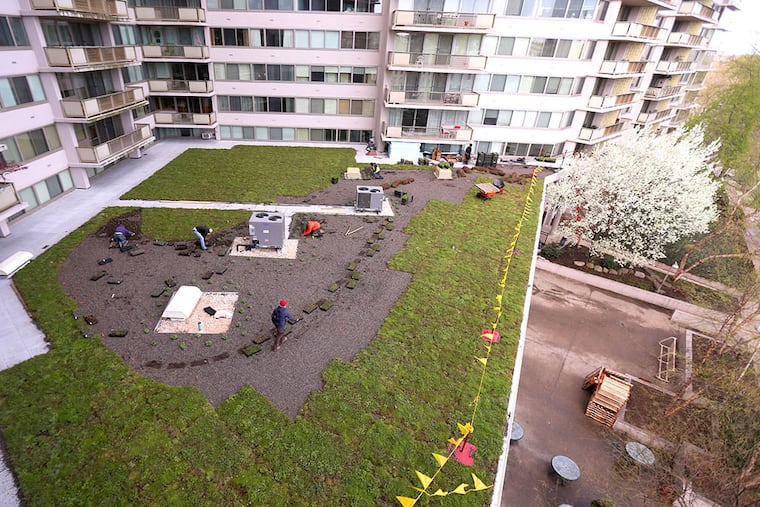Phila. roofs are sprouting greenery
When Esta Schwartz moved into her sixth-floor condominium at the Philadelphian, the view was not its best selling point.

When Esta Schwartz moved into her sixth-floor condominium at the Philadelphian, the view was not its best selling point.
